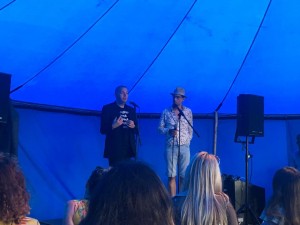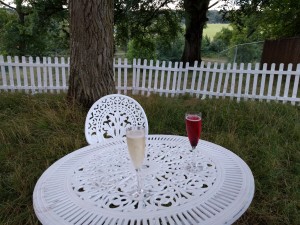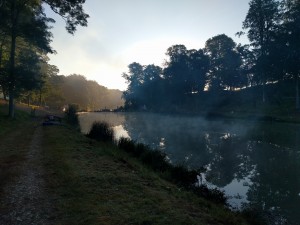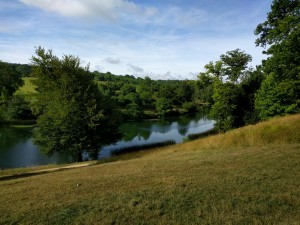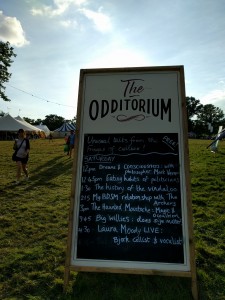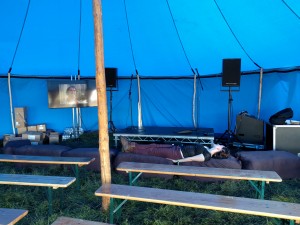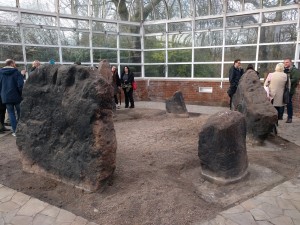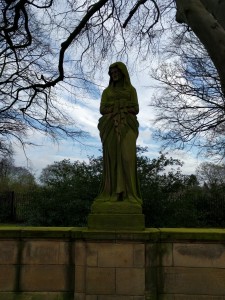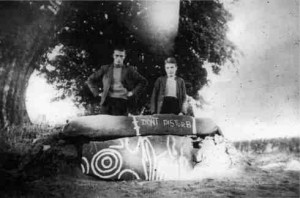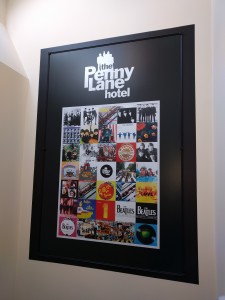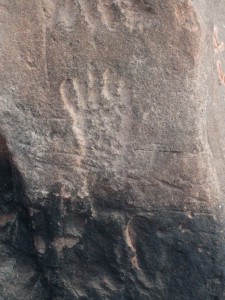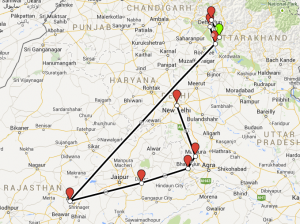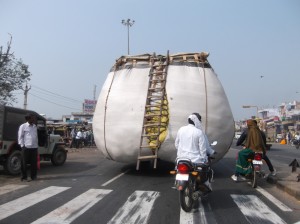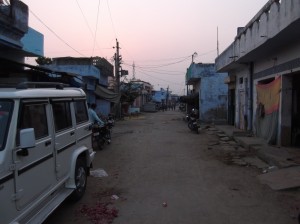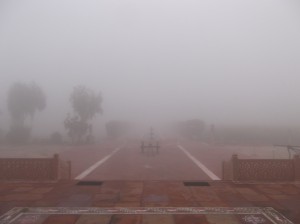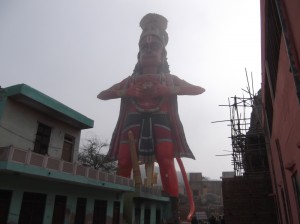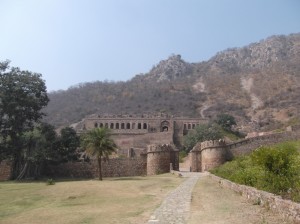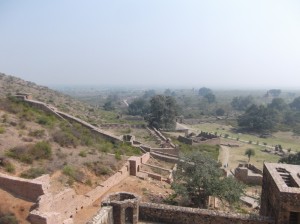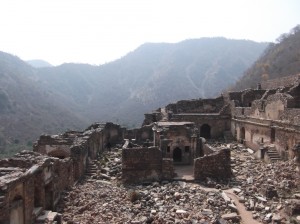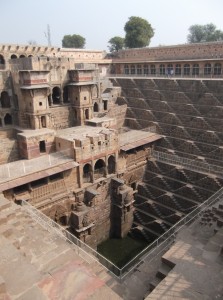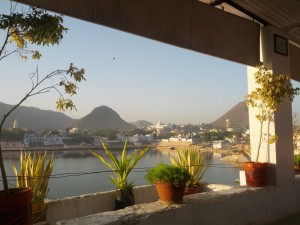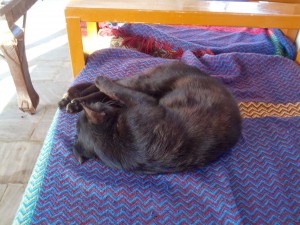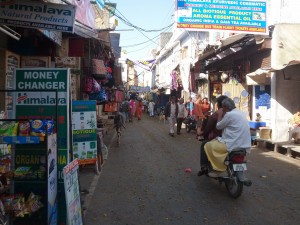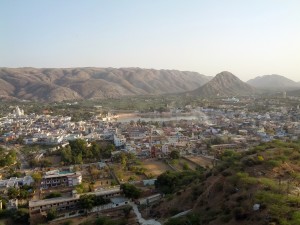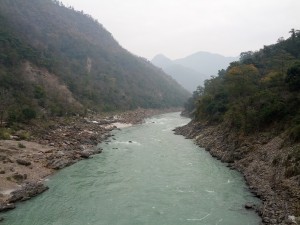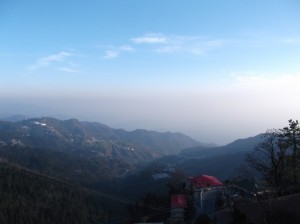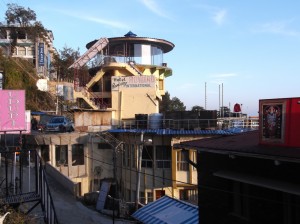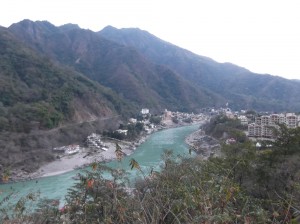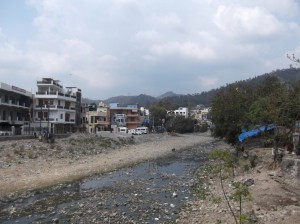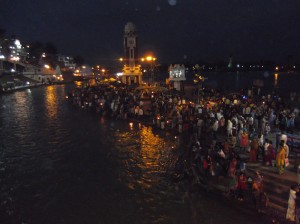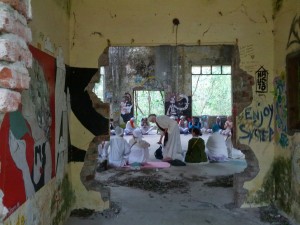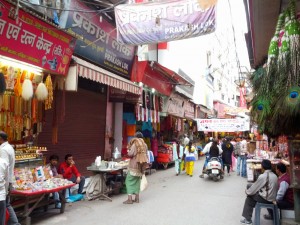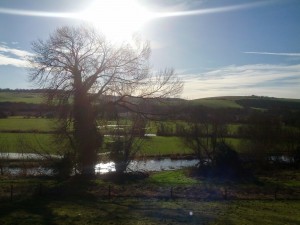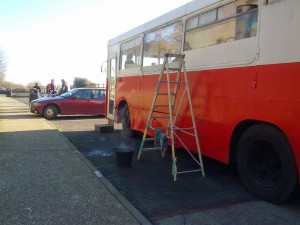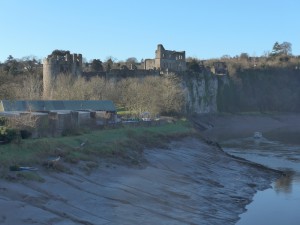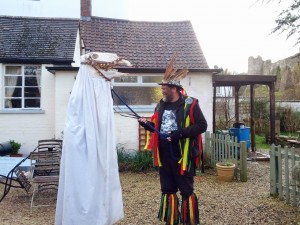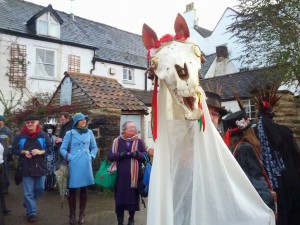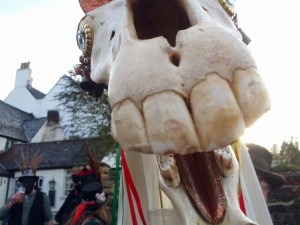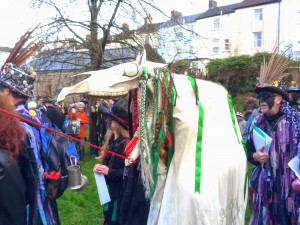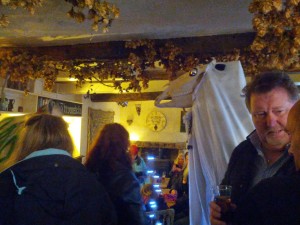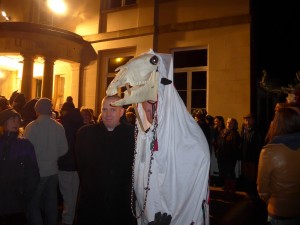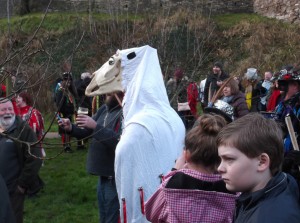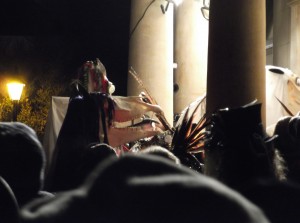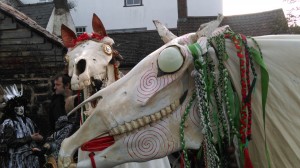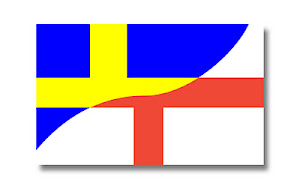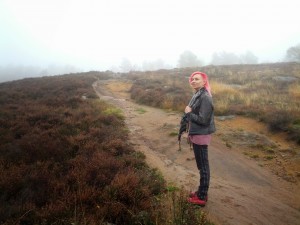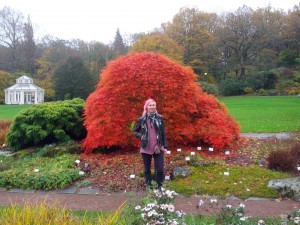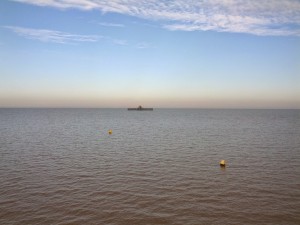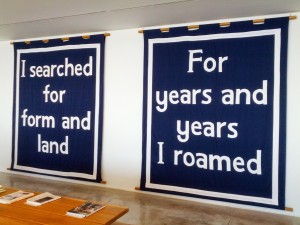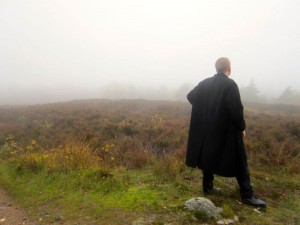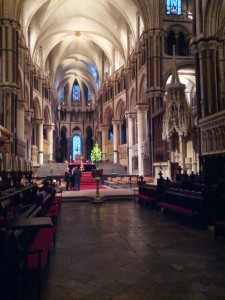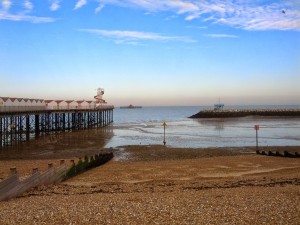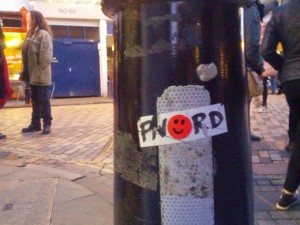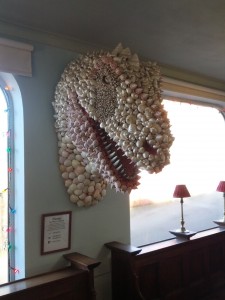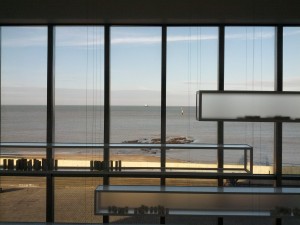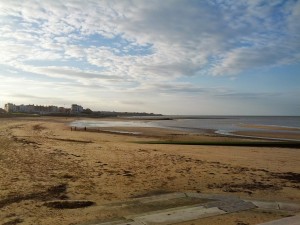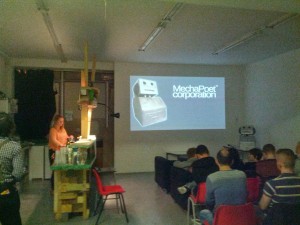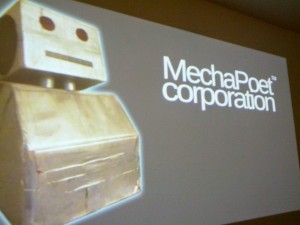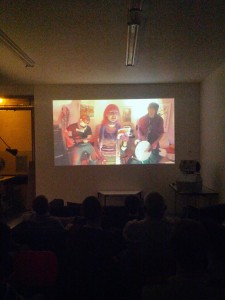I spent last weekend at Wilderness Festival, where I was speaking at the Odditorium Tent. It was a fun time, with lots of friends and great weather. But I fear I’m not as good at festivals as I used to be.
If you told 18-year old me, fresh from his first Glastonbury, that he’d still going to festivals at 40 he’d be pleased. He’d be less impressed that I was asleep through the first night. We were kept up all night on Thursday, including by a group singing Toto’s Africa near our tent. The next night, I fell asleep at 7pm and managed to sleep through till 5am.
(I’d like to think that the people singing Toto were in the middle of a reunion, having the best time of their summer, and will be talking about that night for years. In which case, it would make up for the lack of sleep)
(I did wake for a bit and head down to festival around 10pm on the Friday. I couldn’t find any of the others and there was no way I was going to catch up with the drunks around me. I passed a man who was pissing as he walked. I decided to head back to bed and sleep through).
I was up at dawn the next day, and went to read by the river. A few people were still partying and very sweetly came over to check I was having a good time. Fish skipped out of the water.
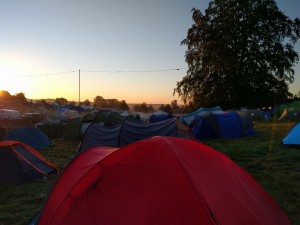
I was also drinking for the first time since the start of the 2016, which was fun. The cocktails from Artbar were perfect. I didn’t have any hangovers.
It was a weekend of bumping into people and losing people. I visited the posh £3 toilets. They seemed expensive but, like the i360, worth trying to say that you have.
The Saturday Spectacle included amazing high-wire skills. My favourite bit was when someone did a headstand on the wire and a man behind us was unimpressed: “I could do that”

We kept bumping into the fawn in the picture above. Every time we saw him, he gave us a friendly ‘hello!’.
I didn’t see any bands, but I did see a lot of talks. It was a good weekend.
